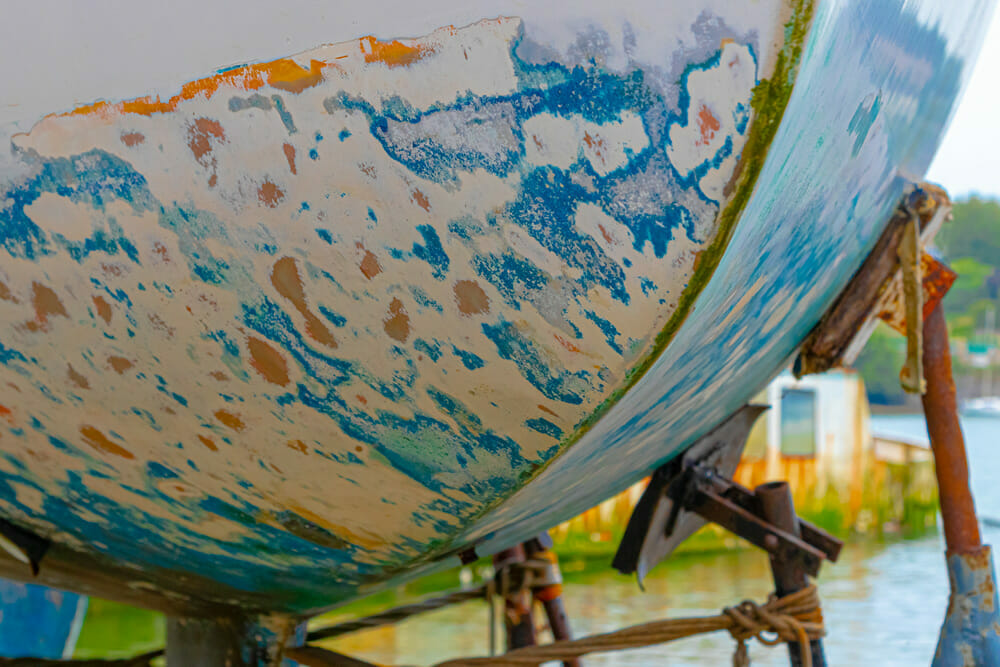Your boat is a significant investment. That is why you want to take the best care of it. Blisters are a common issue experienced by every boat owner. They form when moisture gets trapped between the hull’s outer surface and the underlying layers. This moisture causes the outer surface to lift and bulge. Not only does this affect the appearance of your boat, but it can also weaken and damage the hull structure. Understanding the causes of boat blisters is the best way to keep your boat looking and feeling new.
This article will show you the leading causes of boat blister formation. We also will share some tips when it comes to dealing with blisters.
Causes of Boat Blister Formation
There is more than one way for a boat blister to form on your hull. It is essential to avoid these causes to keep your boat strong.
- Poor quality paint coat: When it comes to paint, sometimes it’s worth paying a little extra. Poor-quality paint can allow moisture to penetrate the hull, which causes blisters to form.
- Improper application of paint: I think at one time or another, we have all thought to ourselves, “I can paint that.” However, when applying paint on your boat, you need a professional. When the paint is not used correctly, it can cause moisture to be trapped, which in turn causes blisters to form.
- Exposure to sunlight: Prolonged exposure to sunlight can cause the hull to expand and contract, causing boat blister formation. We recommend keeping your boat covered when storing it.
- Osmotic pressure: Osmotic pressure is created by the difference in salt concentration between the inside of the hull and the surrounding water. This type of pressure can cause blisters to form.
Fixing The Boat Blisters
Before you address boat blisters, you will need proper preparation, materials, and techniques. Here are some ways you can deal with blisters on your hull.
- Preparation: The first thing you need to do before making any repairs is clean the hull thoroughly and remove any loose paint. Next, you need to sand the affected area to create a smooth surface for the repair.
- Repair: If you are dealing with small boat blisters, you can fill them with epoxy and sand the surface to a smooth finish. For more prominent blisters, you will have to cut out the affected area and replace it with a fiberglass patch. Once the fiberglass is in place, you can patch the spot with epoxy and sand the area.
- Prevention: Once you have finished the repairs, you need to start thinking about prevention to stop this from happening in the future. We recommend that you apply a barrier coat of epoxy to the hull to prevent any future moisture from penetrating the service. Once the hull is dry, you need to apply another layer of paint.


